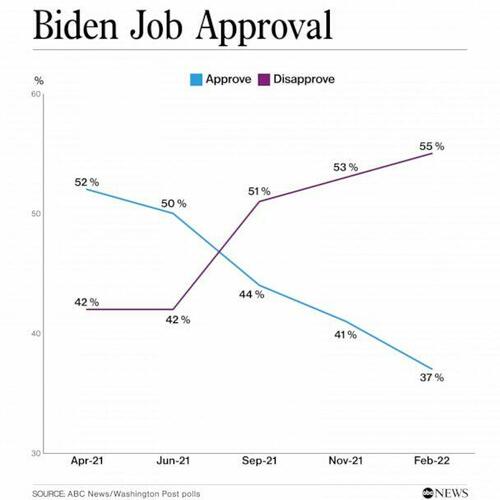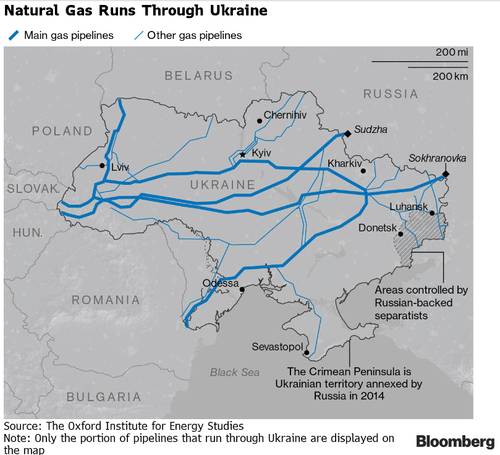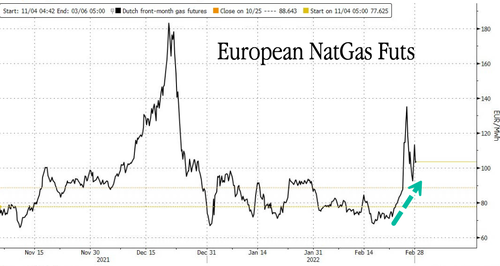
“We’re going to fix them all,” President Joe Biden vowed, awkwardly showing up to give a speech promoting his $1.2 trillion infrastructure bill just hours after Pittsburgh’s Fern Hollow Bridge collapsed in January. “We’re sending the money.”
It is true that the Infrastructure Investment and Jobs Act includes $40 billion in funding to improve the nation’s 43,000 bridges, though that’s a relatively small amount compared to the $156 billion it includes for mass transit and rail (on top of the $70 billion that went to mass transit in pandemic relief), plus the hundreds of billions in additional spending on broadband, green energy, and other stuff that only looks like infrastructure if you squint.
But it’s not true that Washington is actually “sending the money.” Because of Congress’ longstanding inability to perform one of its most basic functions—pass a budget—significant swathes of transportation spending are stalled at 2020 levels. In November, the infrastructure bill did indeed authorize over a trillion in spending. But before all of that money can actually head out the door, there needs to be an appropriations bill in place as well.
Carlos Monje, the undersecretary for policy at the Transportation Department, explained in late January that “the department has begun to move forward on as many aspects of the bill as we can, but some programs are hampered by legislative challenges resulting from the constraints that are in the continuing resolution.”
The infrastructure law theoretically dumped $118 billion into the Highway Trust Fund, which can no longer cover all of its spending from gas tax revenue, for example. But under the current continuing resolution (C.R.)—the stopgap budget measure Congress passes when it can’t get its act together to do a proper annual budget—that money can only be spent at 2020 levels, which means there’s about $9 billion for roads and $3 billion for transit stuck in limbo. That C.R. is set to expire right as this magazine reaches readers, potentially triggering a broad shutdown that would, of course, slow all government functions to a crawl, including infrastructure projects.
It’s also not true that “we’re going to fix them all” even when the money does start flowing. The Fern Hollow Bridge was not on the list of projects to be funded by the new infrastructure bill, even though its condition had been rated “poor” for years. Its absence from the federal list isn’t unreasonable: Pennsylvania drivers already pay the nation’s third-highest gasoline tax, at just over $0.58 per gallon. But a 2019 audit found that $4.2 billion in gas tax revenue that could have been used to repair roads and bridges had been drained off over six years to fund the state police. Meanwhile, a 2017 estimate of the cost to repair the bridge came in at a manageable $1.3 million.
Fern Hollow is a microcosm of a larger problem. The issue has never been a lack of funds for infrastructure; it’s that the money flows unpredictably from multiple sources and then frequently ends up getting spent on something else via a heavily politicized decision-making process.
There’s also the question of why building anything, but especially infrastructure, in the United States costs so much and takes so long. The U.S. is the sixth-most expensive country in the world to build rapid-rail transit infrastructure like the New York City subway or the Washington, D.C., metro system.
Part of the reason is just plain waste and corruption. The federal infrastructure bill has created massive incentives for rent-seeking while ballooning the municipal lobbying sector. Like contestants on a game show, states and localities are scrambling for dollars, correctly understanding that this might be the only major windfall in this area for a decade or more—again, largely due to Congress’ inability to do its job in a predictable way in concert with a chief executive who can set clear achievable policy priorities.
More than 1,000 municipal entities spent just shy of $50 million on federal lobbyists in the second half of 2021 as the infrastructure bill was finalized and passed, according to data tracked by OpenSecrets. That’s about 7 percent higher than the $46.7 million that municipal entities spent in the same period of 2020, which was hardly a dry spell given the federal pandemic spending that was already underway. That number likely underestimates the real demand, since it doesn’t capture contracts signed right at the end of the year.
In theory, no lobbyist is needed to tap into the new infrastructure money. At the end of January, Mitch Landrieu, a former mayor of New Orleans who is overseeing infrastructure spending for the Biden administration, proudly announced the existence of a 465-page guidebook that explains the different pots of money available to communities, along with a data file that is—get this—searchable!
Despite all this, there’s no reason to think the U.S. is notably worse on these measures than other developed nations. Likewise, while some of the cost is inputs, such as material and labor, they don’t explain the disparity fully. A recent study of the interstate highway system from George Washington University professor Leah Brooks and Yale University professor Zachary Liscow suggests that the X-factor is “citizen voice,” which can take the form of legitimate opposition to eminent domain, or which might be less charitably described as “not in my backyard” obstructionism and environmental regulatory foot dragging.
During the interminable negotiations over the bill, Republicans actually tried to untangle some of the green tape with what they called the “One Federal Decision” framework, which streamlines approval for projects reviewed under the National Environmental Policy Act and places a 90-day limit on lead agencies’ final decision making. But there’s always a reason to pull a project out of the fast-track category. A post-passage January memo, for instance, clarifies that any project requiring a new right of way is ineligible for the streamlined review process.
This is hardly a new problem. Eli Dourado, a policy analyst at the Center for Growth and Opportunity at Utah State, told The Week that infrastructure projects funded by then-President Barack Obama’s 2009 stimulus were subject to nearly 200,000 environmental reviews.
And these regulations hamper all projects, not just classic bridge, road, and rail spending. The infrastructure bill actually cleared the way for companies building high-speed vacuum-based hyperloop tunnel projects to become eligible for federal funding, creating a Non-Traditional and Emerging Transportation Technology Council at the Department of Transportation to “support the safe deployment of the transportation system.” While that might sound like an encouraging development for those who are excited about innovations in transportation, anyone who knows how the process really works will find the regulatory jargon above ominous, to say the least.
In this, as in so many other sectors distorted by government spending and regulation, the best hope may lie outside of traditional answers. Perhaps jetpacks will let us skip over the decaying bridges.
Infrastructure is broadly considered one of the least controversial functions of government, just as budgeting is one of the most basic functions of Congress. The messy fate of Biden’s long-awaited bipartisan bill is a reminder that the federal government is so far from getting even these fundamentals right that it certainly shouldn’t be trusted with higher-order functions, and that all of us should be thinking about ways to work around state dysfunction given our limited prospects for improving the current expensive, broken system.
The post Why Can't We Build Anything? appeared first on Reason.com.
from Latest https://ift.tt/W0O2ljk
via IFTTT














